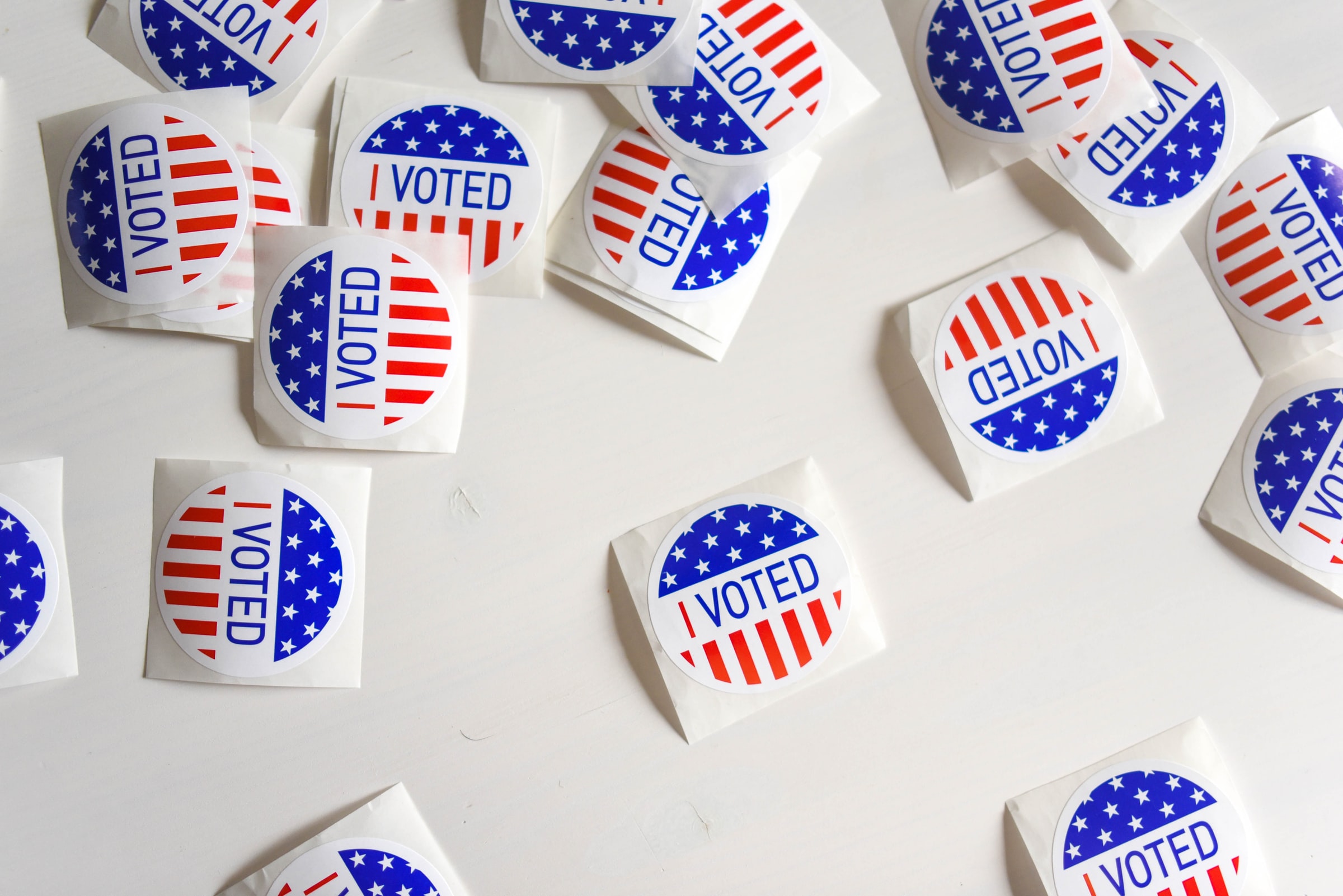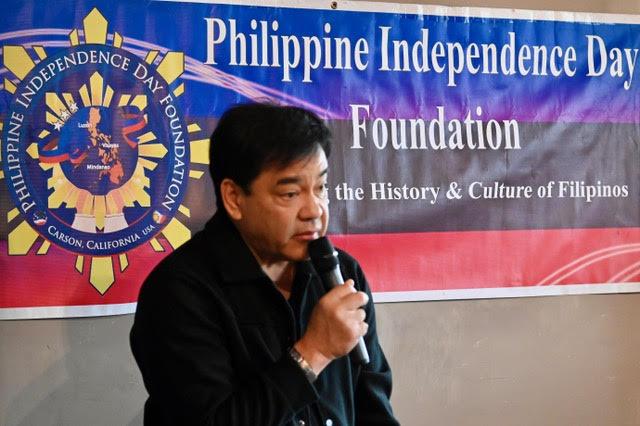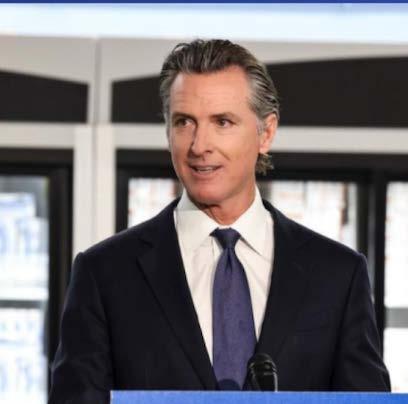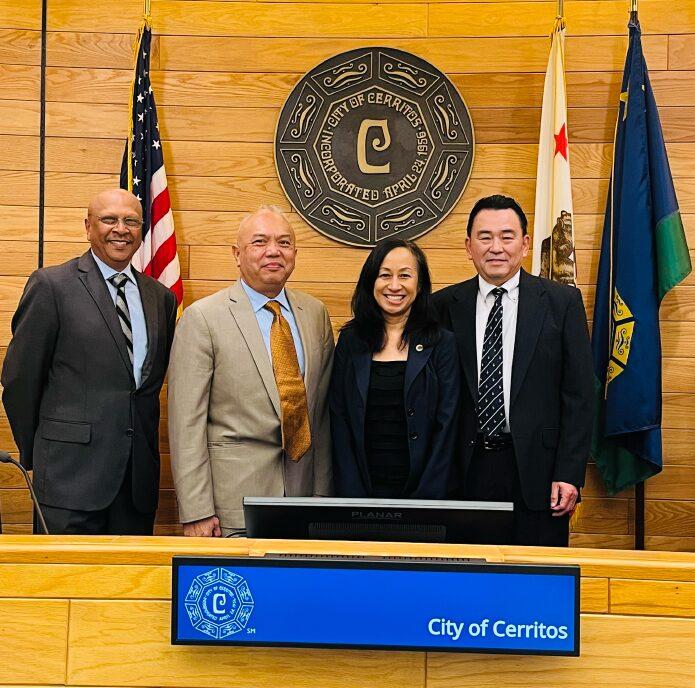
Demographic surveys released over the last year continue to unanimously reveal a new reality: California is more diverse than ever, and that diversity continues to expand.
This is particularly evident in the transformative voting patterns among the Asian American and Pacific Islander (AAPI), Black and Latino voters, all of whom saw population increases in their communities according to the 2020 Census.
The failed recall of Gov. Gavin Newsom highlighted this shift, particularly when it came to the growing Latino electorate, who overwhelmingly voted against the recall despite predictions that the Latino voting bloc would either vote in support of the recall or not vote at all.
In the end, the majority of each of the four defined racial groups — white, Black, Latino and Asian — voted against the recall, but it’s worth noting the increases in those voting populations.
Among Asian American voters — the fastest-growing electorate in the country — about 8% of registered voters showed up to the polls. Though a relatively small number, that’s more than double the community’s turnout in the 2003 recall election, 3%.
From 2003 to 2021, the Latino electorate in California increased from 18% to 24%, the Black voting bloc increased from 6% to 8% and the white voting block decreased from 70% to 61%, according to exit polls from CNN.
“When all of our neighbors across this state came out to defeat this recall, it was not just about this one critical election, but it was a part of a legacy of fights to build the vision and the dreams of what our communities deserve for decades to come,” said Jonathan Paik, executive director for the progressive AAPI and Latino empowerment organization Orange County Civic Engagement Table (OCCET), said at a press briefing on Friday, Sept. 24.
According to Paik, the county’s conservative reputation does not represent the realities for families of color, a vast chunk of whom include non-English speaking members, undocumented members and low-income households.
“People of color makeup over 60% of our county and are struggling to afford rent, survive the pandemic and some are even facing threats of deportation,” Paik said.
He added, “A core part of our strategy was to mobilize the progressive Asian American vote, ensuring outreach in six different languages: Tagalog, Vietnamese, Korean, Chinese, Hmong and Punjabi, through ethnic media, knocking on doors, and we placed ads in newspapers, TV, radio and digital.”
Pollsters, research groups and other entities that attempt to predict ethnic communities’ voting behaviors are heavily drawn on national polls and surveys, which often fail to capture what really happens in specific regions and districts.
Raphe Sonenshein, executive director of the Pat Brown Institute of Public Affairs at Cal State LA, noted that polls conducted by local institutions that are more familiar with the cultural idiosyncrasies of constituencies are better at data-gathering.
The reach that national polls, like Pew and Gallup, have is a double-edged sword: the issues of minority communities are being amplified, but the conclusions being drawn aren’t always the most accurate.
“A deep dive into the voting behavior and preferences of communities of color in California is the first step to reversing this syndrome of national media drawing conclusions that just change everybody’s view of the world,” Sonenshein said. “It can end up affecting political party strategies, many of which are set on the East Coast and not out here.”
The 2021 recall election further proved that the 2022 midterm election — when Newsom will be seeking reelection and a host of other contentious races will take place — will be heavily influenced by ethnic communities who were once-ignored by political campaigns and candidates.
The issues affecting many families of color across the state — housing, health care, public safety, Covid-19 — are unlikely to disappear next year, meaning that voting blocs like the AAPI, Latino and Black electorates will be essential for Republican, Democrat and other partisan causes and candidates.
“What money is being invested in these groups today to get ready for 2022? Campaigns have finite resources, but you have to invest in these voters and my question for political leaders is whether they got the message,” said Sonja Dias, Founding Director of UCLA Latino Policy and Politics Initiative. (Klarize Medenilla/AJPress)







